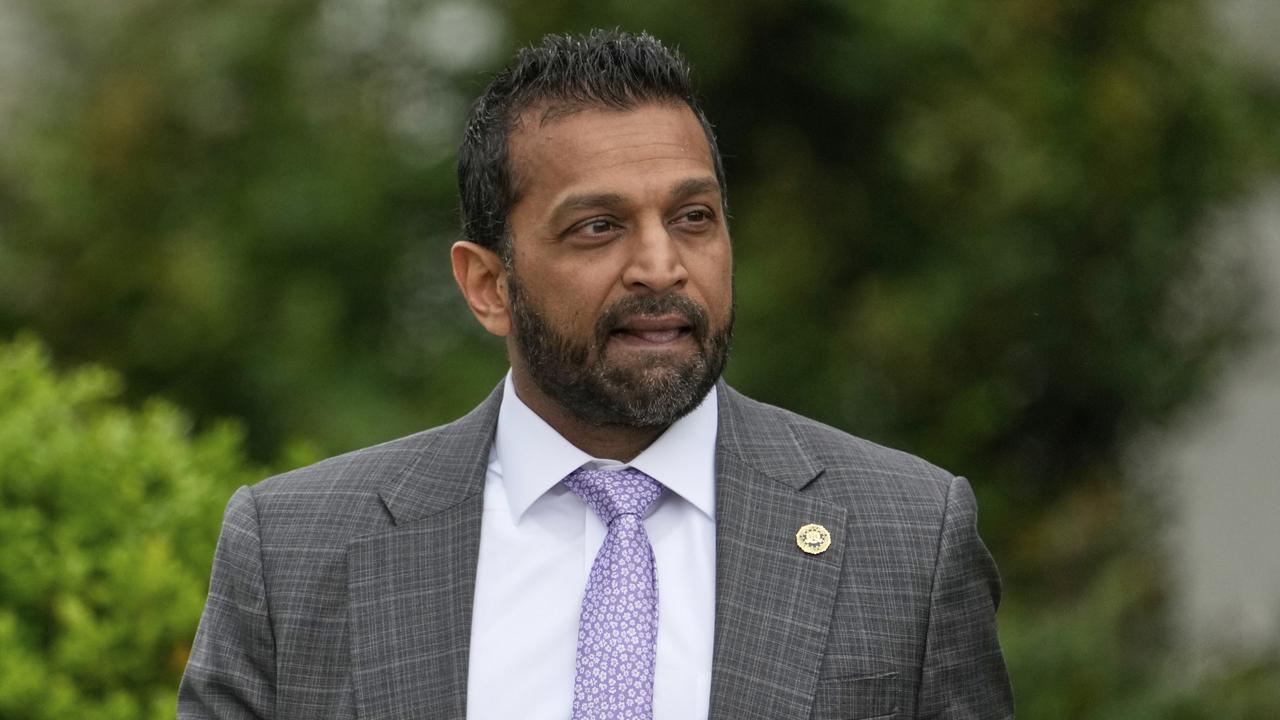Israeli, Palestinians living in fear on both sides of border
Residents of Sderot and Gaza City reveal the fear that has engulfed their lives since the Hamas attacks on Israel.

“Every second we thought that we were going to die,” Ortal Dadya said after emerging from the safe room of her home where she hid when Hamas fighters stormed Sderot.
The stunned 39-year-old Israeli mother described Saturday’s violence in the town near the Gaza Strip as “something that I never, never saw” in the past.
Bloodstains and bullet casings still covered the streets, a day after the surprise attack by the Islamist group that rules the Palestinian enclave.
Residents of Sderot were left reeling from the unprecedented assault by the militants.
The smell of burned metal still hung in the air around the scorched police station, with smoke rising from the ruins of the building a day after it was stormed.
Sderot was one of many Israeli communities targeted by Palestinian gunmen, who breached the Gaza border under cover of thousands of rockets fired into Israel from the territory.
The residents of Sderot remain fearful.
“I want to go out from Sderot, but I’m afraid, my kids don’t want to go out,” Ms Dadya said, standing in a stairwell after spending more than a day in an apartment safe room.
Signs of violence still litter Sderot, with flies swarming around blood-soaked clothes and emergency medical supplies scattered outside the police station.
Some Israelis peered cautiously out of apartment windows on Sunday (Monday morning AEDT), as one resident tried to sweep up some of the debris and glass.
Daniel Machluf, 24, who was visiting the town when the attack took place, said friends of his had been killed or wounded.
“Rockets started and we just sat and waited until it ended. After that, all the sound of the bullets and the guns came from outside,” Mr Machluf said.
“We just hope that everything’s going to finish now.”
As he spoke, the deep thud of explosions could be heard repeatedly in the direction of Gaza, from where several plumes of black smoke rose.
In Gaza City Mahmud al-Sarsawi Sunday lay on a table in a corridor, hooked up to an oxygen tube in a school-turned-bomb-shelter.
“We all came here to escape the Israeli airstrikes,” said the 68-year-old from the Shujaiyya neighbourhood, surrounded by his grandchildren.
Mr al-Sarsawi said he was among about 70 people sheltering in the New Gaza Boys School building for the second day from Israeli air strikes.
“The situation was terrifying, and we had no choice but to seek refuge,” he added.
The school is one of 44 run by the UN Relief and Works Agency for Palestine refugees, which they have opened up as shelters.
More than 20,000 people in the Palestinian territory have been displaced due to fighting, UNWRA says, since Hamas militants launched their attacks on Saturday.
Inside the classroom, Mr al-Sarsawi’s family sat on sponge mattresses brought from their home, surrounded by cooking gas, canned food and jumbled bags of clothes.
Amal Al-Sarsawi, 37, said they were still in shock, after hearing rockets thudding into Gaza. “We gathered what we needed from the house and rushed to the school,” said the mother of five.
She said they couldn’t sleep all night, as they tried to calm their frightened children.
“The situation is unbearable psychologically and economically,” she said.
An UNRWA employee, who asked not to be named, said the New Gaza Boys School, where the Sarsawi family is sheltering, could house at least 300 people, with three families to each
classroom.
Children kicked around a deflated football in the school’s courtyard, while women sought to create screens from clothes to have some limited privacy.
Most of the displaced come from the eastern part of Gaza City and the northern Gaza Strip.
In one of the hallways, one woman who fled with 14 relatives from the north sat with her head in her hands.
Unable to hold back tears, she said they couldn’t afford milk to feed two small babies.
“We haven’t eaten anything since yesterday morning. We barely escaped from home with some clothes,” she said.
The UN’s World Food Program said it was “deeply concerned” about the impact of war on civilians struggling to get essential food supplies.
“While most shops in the affected areas in Palestine currently maintain one month of food stocks, these risk being depleted swiftly as people buy up food in fear of a prolonged conflict,” it said.
Leila Saqr, who lives in one of the areas singled out by the Israeli army, spent the night with her family and three children in the entrance to her building.
“My children were scared. They screamed all night,” she said.
Back in Sderot, Yaakov Shoshani, 70, said he armed himself with a kitchen knife and a screwdriver when he learned that gunmen had entered the town.
“All the systems have failed here – everything related to intelligence, military intelligence, civilian intelligence, everything related to the sensors and the (Gaza) fence, everything has failed,” Mr Shoshani said.
The Palestinian militants did not just target members of the security forces in the town, they also shot civilians.
Bullet-ridden cars are strewn across Sderot, with many vehicles abandoned after crashing into bollards or trees.
One resident held up a white motorcycle helmet that was covered in blood and had bullet holes.
Israeli forces have boosted their presence in Sderot, with hundreds of troops patrolling amid rumours that some militants could still be in the area.
On the roads around the town on Sunday, dozens of tanks and other military vehicles were being driven towards the Gaza frontier.
Mr Shoshani, standing on a Sderot street, said he believed that officials must be held responsible for the calamity that hit the town on Saturday.
“People should stand trial for every mess they made,” he said.
AFP



To join the conversation, please log in. Don't have an account? Register
Join the conversation, you are commenting as Logout